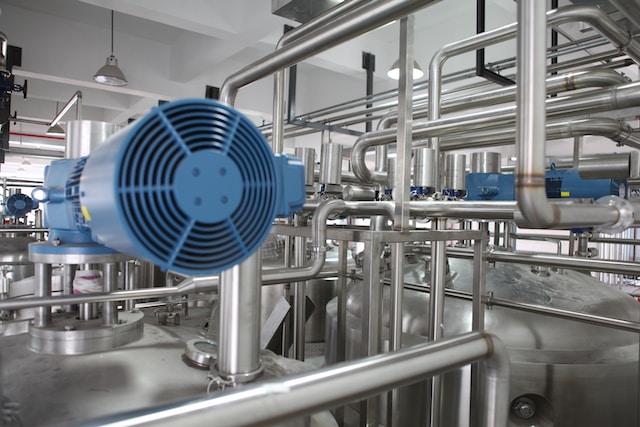When it comes to industrial process filters, there are many different types and models. Therefore, a clear understanding of what they do and how they work is vital to properly selecting.
Choosing the wrong filter can have far-reaching consequences. These frequently asked questions on industrial process filters are designed to help you make an informed decision.
Contents
What is the difference between Pressure Filters and Gravity Filters?
Pressure filters are a type of water filter commonly used to treat industrial wastewater. They can be used to remove contaminants and are often a cost-effective option for water treatment.
Pressure filters can also be more forgiving of upstream process changes or variability and offer better solids capture, resulting in a cleaner filtrate. They can also handle larger volumes of water than other filters, which helps treat wastewater at a plant or refinery.
Gravity filters are another filter that can be used to treat industrial wastewater. They use the force of gravity to push the water down through multiple layers of sand and gravel, removing contaminants.
The industrial process filters Virginia can treat various kinds of water, such as oily water and wastewater containing dissolved iron. They are also effective at removing particles down to 15 microns in size.
What is the difference between Pressure Filters and Magnetic Filters?
Pressure filters remove contaminates from fluids by applying pressure to force the flow through the filter media. They are available in various configurations and often installed along flow lines.
Magnetic filters, on the other hand, use high-intensity magnets to capture ferrous particles from liquids or slurries. They are a cost-effective, environmentally friendly way to remove ferrous contaminants from essential fluids.
A traditional magnetic filtration system relies on a permanent rod or bar suspended in a holding tank or bag filter to capture particles. However, the system’s efficiency is limited by the strength of the magnet and its contact time with the fluids.
What is the difference between Pressure Filters and Media-Based Filters?
There are many industrial process filters, but the pressure and media-based filters are the most common. Both of these types of filters are used to remove particulates from water or wastewater.
Media-based filtration uses various types of filtration media to trap particles, including cellulose, ceramic materials, cotton, and other natural fibers. These filters are an excellent option for removing small contaminants, such as oil particles and bacteria.
The choice of filtration media is critical to the overall success of your system. Ensure the media is available in sufficient quantities, meets all specifications, and is of good value.
Another important consideration is the size and density of the particles in your system. Wide particle size distributions favor vacuum filters, while tighter ones are better suited to pressure filters. These factors should be considered when evaluating any industrial process filter.
What is the difference between Pressure Filters and Pressure Sensors?
Pressure sensors, also known as pressure transducers or pressure transmitters, measure the pressure in a fluid system. They output an electrical signal that can be used for monitoring or controlling a processing circuit.
They are commonly found in HVAC systems to monitor airflow and in automated drug delivery devices to determine the correct dosage at the right time of day.
There are several different types of pressure sensors, and some key terminology is often associated with them.
Gauges are the most common type of pressure sensor and are generally used to measure pressure relative to atmospheric pressure. It is essential in applications where local atmospheric pressure changes affect the measurement, such as in altimeters or weather stations.
Differentials are less common and usually are more expensive, heavier, and more prominent in size than the other sensors described above. Still, they are a better option when measuring small differential pressures.

